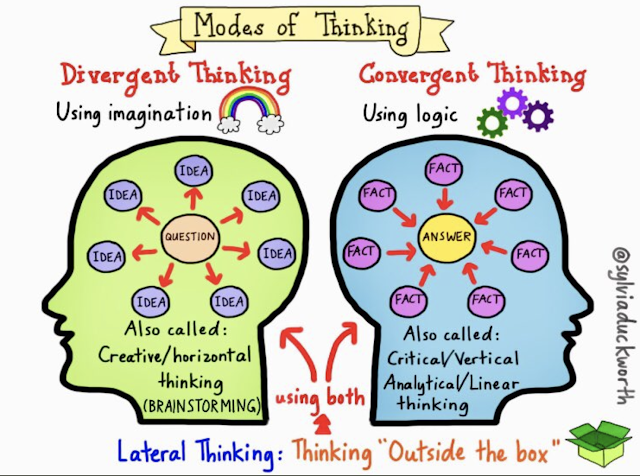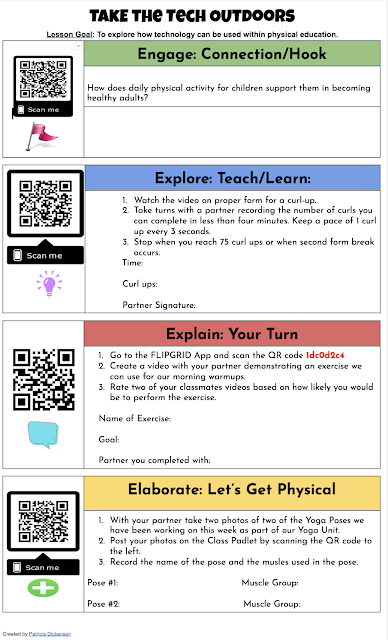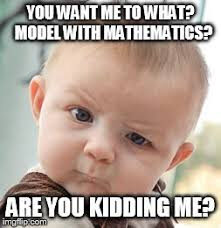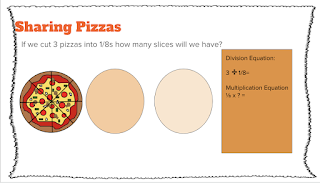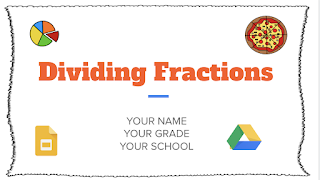When it Comes to Planning Are You Thinking Outside the Box?
Technology that promotes 21st century skills are essential for the classroom today. But if technology use consists of students working in silos while staring at a computer screen they are more likely modeling the 21st century skills seen at Starbucks, than the skills students need to thrive! The opportunity to partake in experiential learning, ask questions, compose an argument and justify your stance, must extend beyond a typical twitter post and exist within the realm of social engagement.
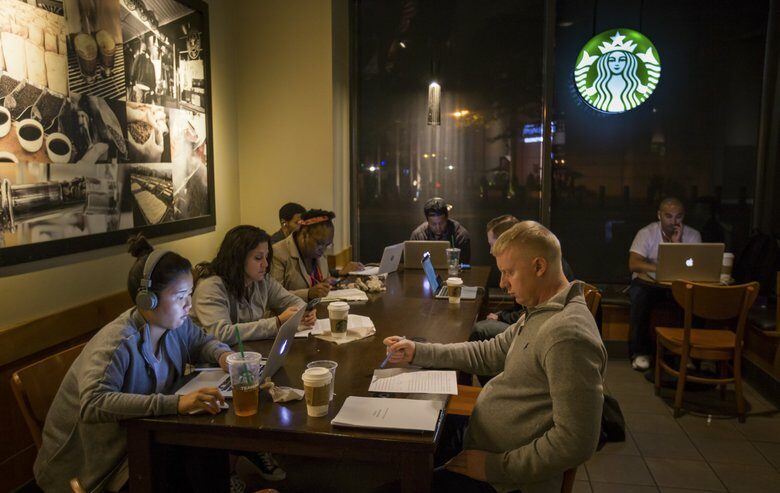
Learning happens when students’ experience a shift in their thinking (scientist call this disequilibrium) and this happens when we collaborate, create, communicate and think critically (the four C’s); notice click was not included. Teachers and peers provide the perfect context to challenge our current ways of thinking so that students can stretch themselves cognitively. Using technology as a means to avoid printing out worksheets for students to complete would be what Dr Ruben Puentedura (founder of the SAMR Model) would say is the Substitution stage. Using technology to “redefine” a traditional tasks and create a novel experience is where we want to go with technology (think of Bloom’s Taxonomy and the higher levels of learning). If kids are just using technology to answer test questions, then we are going to turn them off to technology just like teaching to the test turns kids off to school.
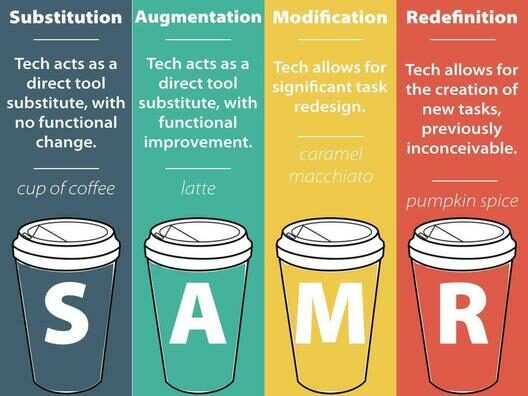
Image created by Jonathan Brubaker (@mia_sarx)
Is it obvious I am writing this blog post while sitting at Starbucks? If teachers are using technology purposefully and with the intent of having students be co-facilitators of their learning then the future of education technology will revolutionize the classroom and move education beyond the 21st century.
Technology is a tool for student learning, just like a utensil is a tool for eating and we can still eat without it. As a classroom teacher you need to know your students as well as your subject matter to decide which tool is best for their needs. Considering how PE teachers are typically outside the class; they can use QR readers and a recording sheet to get kids using technology to support their understanding of a skill, or demonstrate what they can do via video recording is a great way to integrate technology meaningfully.
Google Doc with QR Codes for Outdoor Tech Integration
As a math teacher I love using Google Docs and Google tools to create my own activities for students to play with and explore math concepts.
For example I created a Google Slide show for students to understand the concept of dividing fractions using the shapes tool where students can divide up parts of the shape to find the quotient of 2 divided by 1/4. This is much more meaningful than teaching students the standard algorithm which is multiplying the dividend by the reciprocal of the divisor. None of this makes any sense to students especially if they don’t have a conceptual understanding of dividing fractions.
There are a plethora of tools and innovative approaches to utilize technology such as using Flip Grid with students for a video-based response to a questions. Having students create a podcast in your English Language arts or a Social Studies class can be an innovative way to approaching an oral report on a topic as it be shared in your class and beyond. For math solving a 3 Acts Math Task, or using Desmos can transform student learning into active problem solving and critical thinking. I have curated a list of over 100 free tech tools to use immediately with your students
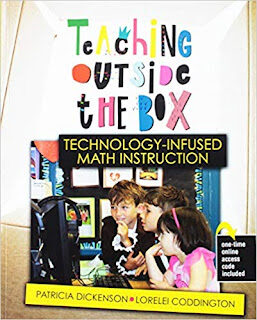 |
| Teaching with Technology |
The biggest tech innovation is the ability to put the technology in the hands of your students which was not the case twenty years ago when I started teaching. I went knocking at company’s doors in Los Angeles to get enough computers for my students to have access. Now that students have access as teachers we need to use technology to create personalized learning for all learners. You can reach and teach all with technology and that’s the best innovation of technology. From having students create their own video to explain a concept, to using virtual manipulatives to develop conceptual understanding, innovation comes from the teacher and the choices they make in using the technology to support student learning.
Dividing Fractions Google Slides
Filling the gap between math pedagogy, content knowledge and technology integration was the inspiration for my first publication “Teaching Outside the Box: Technology Infused Math Instruction”. I spent three years working alongside math teachers across the K-8 grade span to examine how technology can be used intentionally to support student learning in math and the results were amazing.
The book focuses on five instructional practices in math: Daily Routines, Open-Ended Tasks, Project-Based Learning, and Problem-based Learning and how technology can be used intentionally across each pedagogy. Moreover the book specifically focuses on technology as a tool to support English language learners and students with learning disabilities. Most curriculum material focuses on separate activities and approaches for teaching different groups of learners but this book supports real inclusion by making content and pedagogy accessible for all with technology. The book has a ton of resources and examples that teachers can use in their classroom the next day.
That is one thing I learned about being a Math Coach and presenter, is that teachers want something they can use in their classroom immediately and this book does just that.
Want to learn more about how technology is shaping the classroom culture join our Facebook Group: TeacherPrepTech

